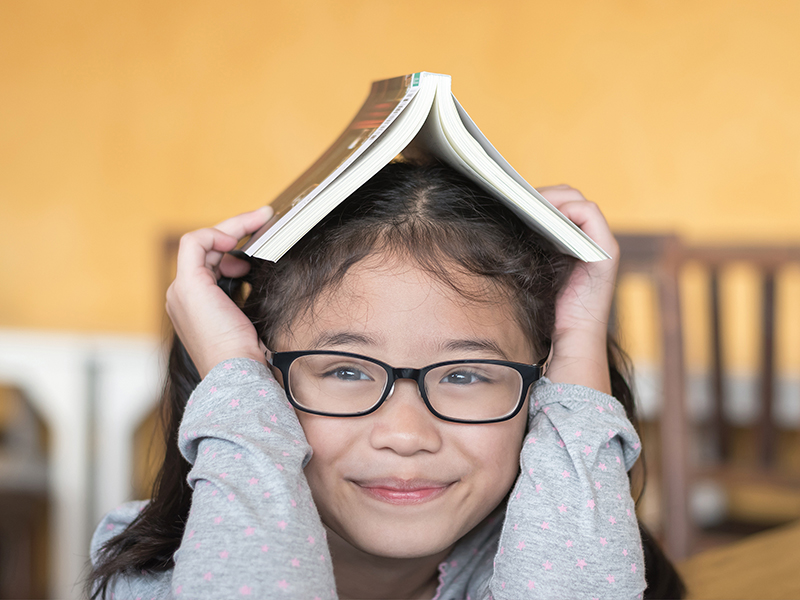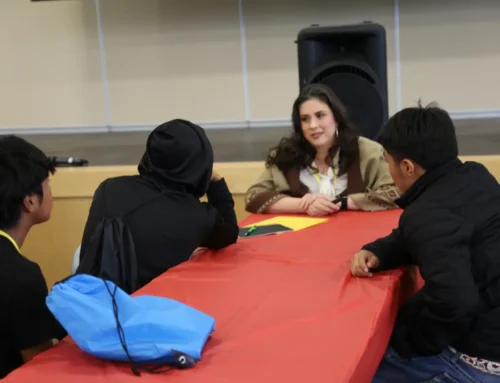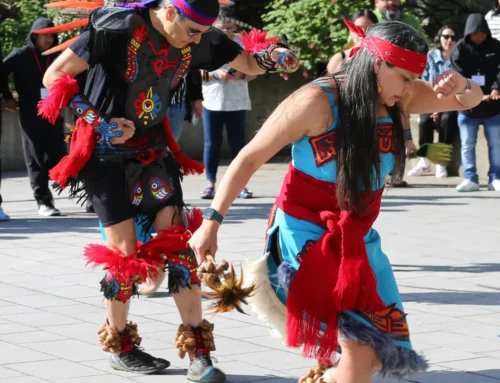At a recent Literacy Learning Network meeting, our region’s educators engaged in a lively discussion about windows, mirrors, and sliding glass doors. No, they weren’t talking about remodeling their houses! Rather, they were reflecting upon the diversity of texts available for students in their school and classroom libraries.
Dr. Rudine Sims Bishop coined these terms in her 1990 article Mirrors, Windows, and Sliding Glass Doors. She defined a window text as “offering views of worlds that may be real or imagined, familiar or strange,” while sliding glass door texts allow our students to “walk through in imagination to become part of whatever world has been created or recreated by an author.” Mirror texts, however, provide a reflection in which we as readers “can see our own lives and experiences as part of the larger human experience.” (Bishop, 1990). A vital question for educators to ask themselves is, “Do the books on my shelf and those I use for instruction reflect the diversity of the students and cultures in my classroom? Our community? Our world?”
In the Ted Talk, The Windows and Mirrors on Your Child’s Bookshelf, Grace Lin, a children’s book author and illustrator, describes growing up Chinese in the United States and rarely seeing a reflection of her herself or her culture in her daily life. In fact, as she states in her talk, “It seemed like there was nobody that looked like me anywhere. There was nobody who looked like me in school. There was nobody that looked like me in the movies. There was nobody that looked like me on t.v. or in the magazines, and most importantly, there was nobody that looked like me in the books that I loved.”
As reflective educators, asking ourselves which students’ stories are less visible or absent in our classroom is an important first step. There are many resources to support locating and implementing diverse texts. Websites including We Need Diverse Books, Teaching Tolerance, and the American Library Association’s Recommended Reading: Celebrating Diversity offer a plethora of resources to educators interested in expanding their knowledge of and access to books that represent the lives of ALL students. In addition, Lee & Low Books, the largest multicultural children’s book publisher in the United States, offers a Classroom Library Questionnaire for teachers to critically reflect upon the content of the texts available for their students and classroom instruction.
While increasing the variety of texts available to our students is a step in the right direction, being thoughtful about how we integrate these books on a regular basis in the classroom remains vital. Moving beyond the “Contributions Approach,” which focuses on heroes, holidays, and discrete cultural elements toward a more “Transformation Approach” that supports students in viewing concepts, issues, and themes from different perspectives and points of view creates a more thoughtful and inclusive classroom (Levels of Integration of Multicultural Content).
Ensuring that all of our students have the opportunity to have access to both mirror and window texts is an important first step educators can take to create a more welcoming, culturally responsive and sustaining classroom. As Rudine Sims Bishop states, “When there are enough books available that can act as both mirrors and windows for all our children, they will see that we can celebrate both our differences and our similarities, because together they are what make us all human.”
If you are interested in joining the Literacy Learning Network, we are still welcoming members.




